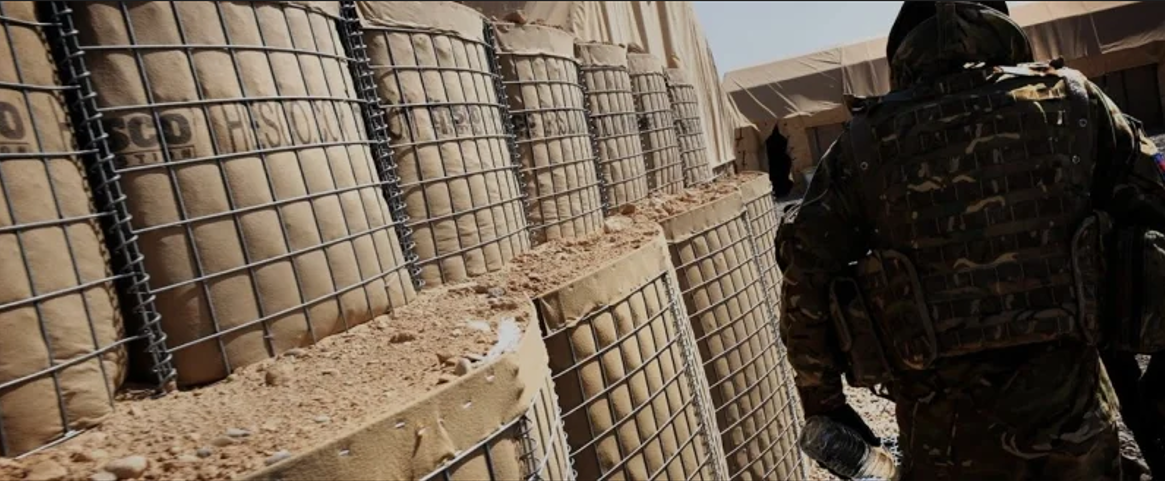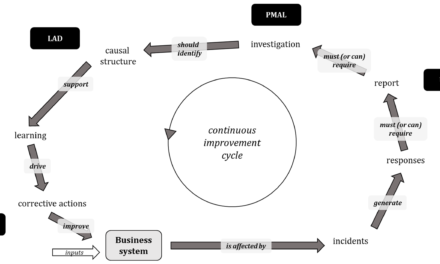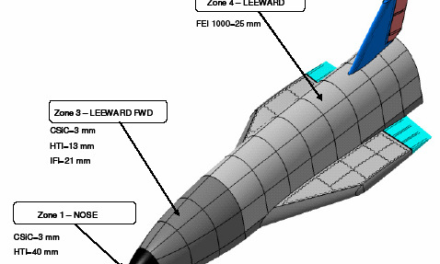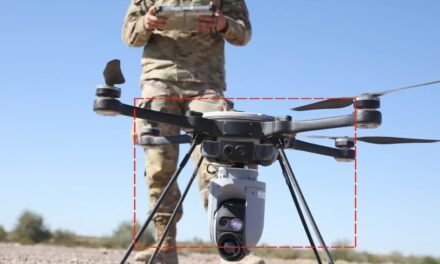Ballistic-resistant barriers play a critical role in enhancing security in military and defense environments by providing protection against various types of ammunition and projectiles. These barriers are specifically designed to absorb and dissipate the energy of incoming threats, thereby preventing or mitigating damage to personnel, vehicles, infrastructure, and equipment. Here’s how they contribute to security:
1. Protection of Personnel
- Safe Shelters: Ballistic-resistant barriers, such as fortified walls or bunkers, provide essential protection for soldiers and other personnel stationed in vulnerable areas. These barriers help reduce the risk of injury or death by stopping bullets, shrapnel, or explosive fragments from penetrating into safe zones.
- Command and Control Centers: Military command centers are often located in areas that need to be shielded from gunfire, explosives, or mortar attacks. Ballistic-resistant barriers ensure that critical personnel can operate and communicate securely during combat situations, without being exposed to direct threats.
2. Vehicle Protection
- Armored Vehicles: Military vehicles, including trucks, tanks, and armored personnel carriers, are often equipped with ballistic-resistant materials to protect against small arms fire, shrapnel, and other projectiles. This increases the survivability of crews in combat zones, providing a better chance of protection against ambushes and attacks.
- Mobile Barriers: In some cases, ballistic-resistant barriers can be mounted or deployed temporarily, such as mobile shielding on the sides of vehicles or to protect vehicles during checkpoints or transport.
3. Fortification of Infrastructure
- Base Security: Military bases and installations are often vulnerable to attacks, including mortar fire, IEDs (Improvised Explosive Devices), and direct assaults. Ballistic-resistant barriers are used to protect key infrastructure, such as gates, walls, and entry points, limiting damage and protecting critical assets.
- Guard Posts and Towers: Guard towers and checkpoints often rely on ballistic-resistant barriers to shield security personnel from incoming fire. These barriers ensure that military and defense staff can monitor access points while staying protected.
4. Enhanced Perimeter Security
- Fencing and Walls: Ballistic-resistant fences and walls can be incorporated into the perimeter security of military installations to prevent unauthorized access and protect against external threats. These barriers can be designed to withstand various levels of firepower, providing an effective deterrent against infiltration.
- Layered Defense: In many military and defense environments, ballistic-resistant barriers are part of a layered security strategy. The use of multiple barriers, such as walls, trenches, and high-tech surveillance systems, creates a robust defense network to detect and block threats before they reach critical areas.
5. Protection Against Explosive Devices
- Blast Resistance: In addition to being resistant to ballistic projectiles, many ballistic barriers are designed to absorb the shock from explosions. This provides protection against IEDs, landmines, and other explosive threats. The materials used in these barriers can help dissipate the blast force, reducing the damage to both personnel and infrastructure.
- Tactical Vehicles: Armored vehicles used in explosive hazard zones, such as mine-resistant vehicles, incorporate ballistic-resistant materials that provide both ballistic and blast protection, making them crucial in regions with a high risk of IEDs.
6. Mitigation of Long-Range Threats
- Sniper Threats: In military environments, snipers are a significant threat. Ballistic-resistant barriers can protect key personnel and assets from long-range sniper fire. These barriers are typically constructed from materials like steel, reinforced concrete, or composite materials, which can stop high-powered rifle rounds at a distance.
- Aerial and Rocket Threats: Certain ballistic-resistant barriers, particularly in advanced defense systems, are designed to protect against attacks from rockets, missiles, and airborne threats. In these cases, specialized materials are used to dissipate the impact of high-velocity projectiles and shrapnel.
7. Rapid Deployment in Conflict Zones
- Temporary and Portable Barriers: In dynamic military environments, the ability to deploy ballistic-resistant barriers quickly is essential. Portable ballistic shields and barriers can be used to fortify positions in response to immediate threats. These can be deployed around strategic assets, convoy routes, or during operations in hostile territories to provide instant protection.
8. Dissuading Attacks
- Psychological Deterrence: The presence of ballistic-resistant barriers serves as a psychological deterrent, signaling to potential attackers that the target is fortified and resistant to conventional firepower. This can discourage certain types of attacks or force adversaries to adopt more costly and risky tactics.
- Tactical Advantage: Ballistic barriers also offer a tactical advantage in defense operations, allowing military personnel to take cover behind them during engagements, thus improving their survivability and the ability to hold positions longer under fire.
Conclusion
Ballistic-resistant barriers are integral to modern military and defense strategies, providing essential protection for personnel, vehicles, and infrastructure in hostile environments. By absorbing and deflecting the energy from bullets, shrapnel, and explosive forces, they minimize damage, enhance safety, and contribute to mission success. These barriers are a vital element in improving overall defense capabilities and ensuring the protection of military assets during high-risk operations.
Hashtags
#BallisticResistance #SecurityTech #MilitaryDefense #FortifiedProtection #TacticalBarriers #MilitarySecurity #DefenseTechnology #CombatProtection #BallisticShielding #ArmoredSolutions #ArmorTech #BulletproofMaterials #ProtectiveBarrier #BallisticArmor #BarrierInnovation #FortifiedDefense #DefenseSystems #SafeZones #CombatReadiness #ThreatMitigation #SecuritySolutions













